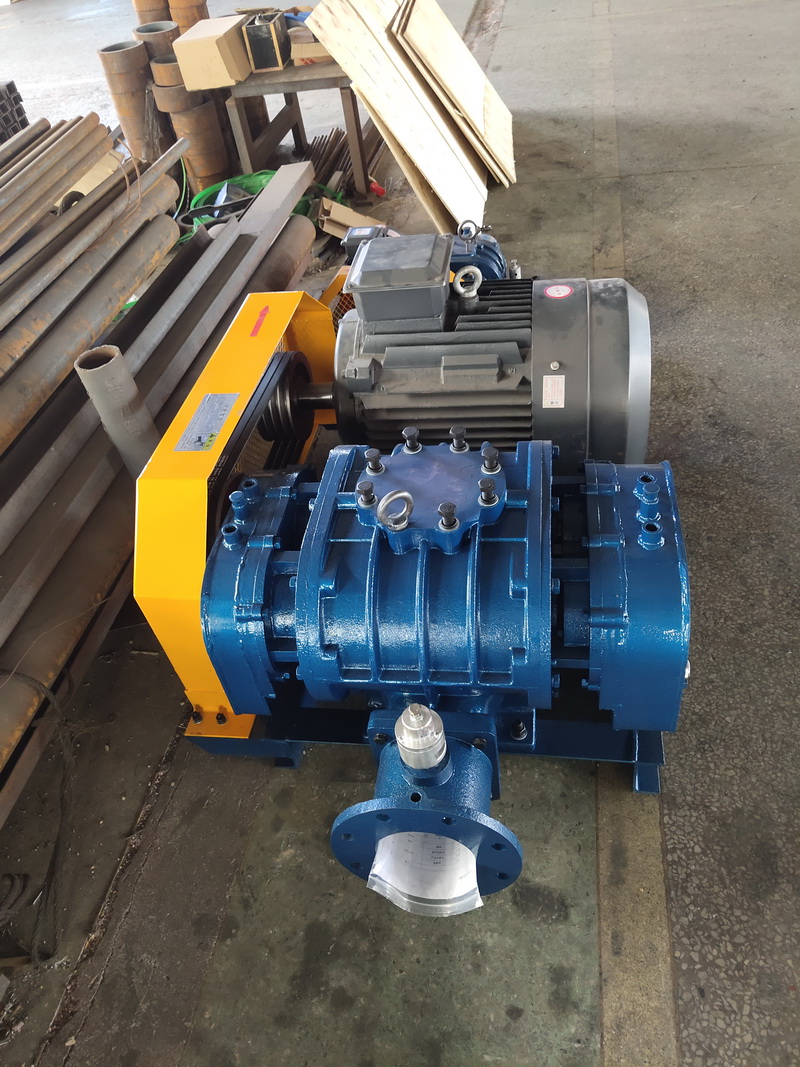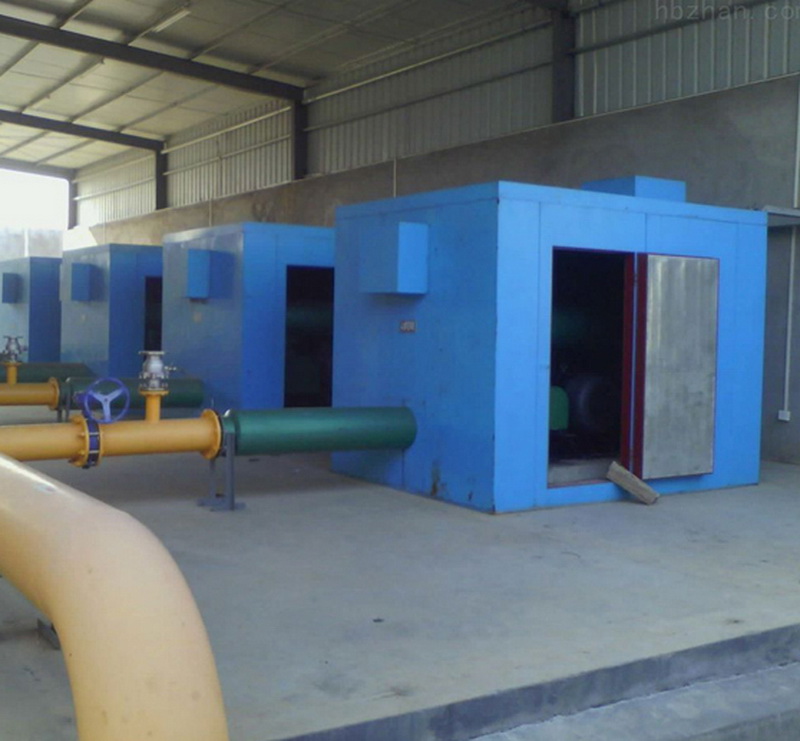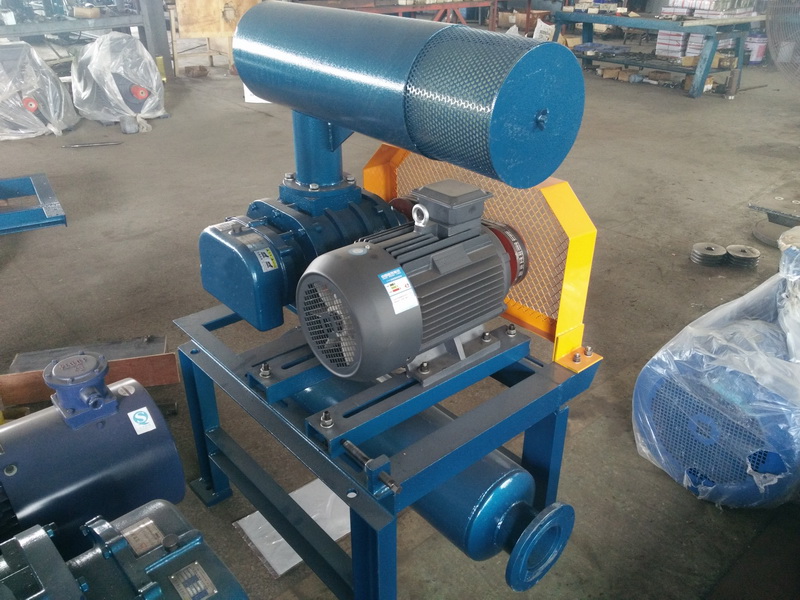E-mail: zqdicheng@chinadicheng.com
In urban sewage treatment facilities, aerobic biological treatment of sewage usually occurs in the aeration tank or aeration channel behind the primary sedimentation tank. Roots blowers are used to aerate sewage, thereby providing oxygen to microorganisms. Shandong Dacheng Machinery Technology Co., Ltd. has released a new series of Roots blowers for this application, ensuring reliable oxygen injection.

Figure 1: DSR Roots blower
When it comes to aeration tanks in wastewater treatment facilities, Roots blowers have become the first choice of technology available for positive pressure generation processes. Dacheng Machinery strives to set new standards for this application with the new DSR Roots blower.
Figure 2: Aeration channels in urban sewage treatment facilities
DSR Roots blowers have a wide performance range and can provide volume flow rates from 0.45 to 244.63 cubic meters per minute at 1 bar (bar) positive pressure. The operation of sewage treatment facilities is an important item of financial expenditure for all cities. Therefore, sewage treatment facility managers and relevant technical leaders unanimously agree that all energy-saving potential must be utilized in sewage treatment facilities to ensure the highest energy efficiency in operation, thereby reducing Operating costs. Dacheng Machinery has a rotor shape with mature technology, which can perfectly adjust the blower stages according to flow changes to achieve more effective air compression. A high-efficiency, energy-saving motor is standard equipment and is also suitable for frequency-regulated operation, further improving energy efficiency.
When designing the DSR Roots blower, special attention was paid to the two features of compact structure and quiet operation. The result is a compact device that can be installed in tight spaces (Fig. 3). In addition, innovative sound insulation design is used to reduce noise emissions. The use of high-precision gears, noise-optimized inlet and outlet filters, and an effective sound insulation hood opens the way to even lower noise emissions than conventional blowers.

Figure 3: DSR Roots blower in the machine room of the sewage treatment facility
The operation of the DSR Roots blower can be controlled in different ways. They can be connected to the control system of the wastewater treatment facility via a PLC control system. If the continuously measured oxygen level in the aeration tank drops below the minimum value, the blower is automatically switched on and remains in operation until the oxygen level reaches the maximum value. For larger aeration tanks or multiple aeration tanks, multiple DSR Roots blowers can be installed. Depending on the oxygen demand, multiple DSR Roots blowers can run simultaneously or alternately so that the running times of all blowers are similar.
For frequency-regulated Roots blowers, the oxygen supply does not need to be controlled by controlling the operating time of each blower; instead, it can be controlled by the speed, that is, by the volume flow generated by the blower. Speed control allows a more precise amount of oxygen to be injected into the aeration tank. In practice, this means that the minimum and maximum values are close.

Figure 4: DSR Roots Blower
In addition, there may be simpler control methods that do not use frequency converters. For example, if two identical DSR Roots blowers are used to aerate an aeration tank, the total volume flow generated by the two blowers can be designed for the maximum dirt load. For example, a sewage treatment facility in Hebei uses two DSR Roots blowers. The two blowers can operate at two different speeds. They can run at full speed or at half speed, depending on the amount of oxygen required. This makes it possible to operate at four volumetric flow levels without the need for frequency control, resulting in further energy savings.
Sewage treatment facility managers and related technical leaders were impressed by the reliability and ease of operation of DSR Roots blowers. For operators of sewage treatment facilities, the advantages are obvious: "When the soundproof cover is closed, the oil level of the gears and bearings can be viewed from the outside through the inspection window. Changing the oil is simple because the oil filling hole and the oil filling hole can be easily accessed once the soundproof cover is opened. Oil drain valve. The air inlet filter can be taken out from the front, and there is no risk of impurities falling into the blower." The customer also praised the reliability of the blower: "After one year of operation, there has been no malfunction, not to mention The blower is not working anymore."
Copyright © Shandong Dacheng Machinery Technology Co., Ltd All Rights Reserved | Sitemap | Powered by 